Opinion: The New York Times Needs to Get Autonomous Driving Terminology Right

The New York Times often gets unfairly criticized, usually by readers who have their own political biases (right and left), but sometimes the criticism lobbed its way is not only very fair, but accurate.
And when it comes to autonomous driving, the vaunted Times has stepped in it, big time.
It all started with this Farhad Manjoo column about how he took a road trip in a loaned Cadillac Escalade and said he fell in love with it. In part because of GM’s Super Cruise. He then went on to call the system “self-driving” on at least one occasion. Yes, he did point out that Super Cruise still required drivers’ attention, and his description of how Super Cruise works was, as far as I can tell, technically accurate, but he also seemed to oversell how good the system is while downplaying the amount of responsibility that a human driver has when it comes to operating Super Cruise.
Our competitors over at Jalopnik called out the Times and the paper did appear to change the headline on the digital edition from “My Big Fat Self-Driving Road Trip” to “Help. I’ve fallen for that Cadillac Escalade”, but near as I can tell, references to self-driving remain in the text.
Say it with me, kids. No fully self-driving cars are available for sale today.
Again: No fully self-driving cars are available for sale today.
And one more time: No fully self-driving cars are available for sale today.
Yes, Tesla calls its advanced driver-assistance system “Full Self-Driving” but it really is not. Naming it so doesn’t make it so. Tesla’s system, like GM’s, is Level 2, which the National Highway Traffic Safety Administration describes thusly: “An advanced driver assistance system (ADAS) on the vehicle can itself actually control both steering and braking/accelerating simultaneously under some circumstances. The human driver must continue to pay full attention (“monitor the driving environment”) at all times and perform the rest of the driving task.”
That, friends, is not self-driving. And the Times should make the distinction. After all, the government does. So does the Associated Press – and many media outlets use the AP Style Guide as a template for how to refer to and describe certain things. While the Times has its own style guide, it should follow the AP’s lead – the AP is quite clear on the distinction between autonomous vehicles and those with ADAS: “The term driverless should not be used unless there is no human backup driver. As of now, there are no autonomous vehicles for sale to the public, although many are being tested on public roads.”
The term driverless should not be used unless there is no human backup driver. As of now, there are no autonomous vehicles for sale to the public, although many are being tested on public roads. (2/4)
— APStylebook (@APStylebook) May 27, 2020
It’s dangerous for the Times to not make the distinction – it confuses consumers, who could end up believing Level 2 systems are self-driving when they are not. That could lead to irresponsible behavior – such as not paying attention to the road – that could lead to a wreck if the system fails.
And the Times made it worse with this apparent response to Twitter user Bryant Walker Smith, whose bio lists him as, among other things, the Law and Mobility Project Co-Director at the University of Michigan: “In short, although the auto industry may distinguish between advanced driver-assistance systems and autonomous or self-driving vehicles, most people do not, and we do not expect them to.”
After @lizadixon @rsingel @AlexRoy144 @reillybrennan @Tweetermeyer @ScottMonty @TheSangness @saraklind @Cate_Lawrence @andyjayhawk @JasonTorchinsky & others panned @fmanjoo‘s recent column as dangerous, Matt Wansley and I asked Farhad & then @nytopinion to clarify or correct it.
— Bryant Walker Smith (@bwalkersmith) February 9, 2022
Wait, what?
First of all, it’s not just the industry that makes the distinction – it’s the government. Second, isn’t it the paper’s job to inform the public of the distinction? We reached out to Times ourselves for comment and have not heard back.
One of the purposes of journalism that gets kicked around in academia, one I agree with, is “to inform and entertain.” I’d change it to “and/or” entertain, since some stories inform but aren’t entertaining and vice versa, but the point is that a major purpose of journalism is to inform. To tell readers what they don’t know. Instead, the Times is intentionally ignoring an important distinction that many members of the public are not aware of, because it has decided that since the public misuses the term, it is too late to change things for the better.
And again, not knowing the difference between a Level 2 ADAS and actual self-driving can get people killed. It’s bad enough that Manjoo seems blasé about Super Cruise’s abilities and his own level of responsibility. That’s annoying enough, and he should be taken to task. But it’s another for the paper to misuse the terminology when it could be so easily changed.
Imagine a scenario where a driver borrows a Tesla or Super-Cruise equipped car from GM. Imagine the borrower hears that the system is “self-driving” and turns it on, and lets their attention wander. Even with all the safeguards in place that are meant to get the driver involved if something goes wrong or they stop watching the road, an accident could still occur. The cameras that monitor a driver’s eye can be fooled, or flat-out fail. If the driver isn’t engaged in paying attention, he or she could react too late. People could get hurt, or even die.
Now, imagine the same scenario, but the borrower knows that even with the system engaged, he or she has to pay attention. Imagine the system failing to, say detect a car pulling out in front of the vehicle. An engaged participant, aware of the system’s limits, can reassert control before a collision occurs.
The thing is, the user, who might not know the difference between a spark plug and a crankshaft, has to know that the system isn’t self-driving.
The misuse of the term is going to get people hurt, if it hasn’t already. Tesla has already taken heat for its branding, as it should. But Tesla is a company that has an incentive to brand its technology in a way that helps it sells cars. We may find it reprehensible, we may wish Tesla didn’t do it (or wasn’t allowed to), but we can understand Tesla’s incentive.
The Times, however, has no reason to get this wrong and certainly has no reason to shrug when called on it.
I don’t think the Times is fake news or biased. I think much of the criticism thrown its way is flat-out factually incorrect. But the Times, like any other institution, is not perfect. While it’s one thing to be imperfect, it’s worse to fail to adjust to reasonable, factual criticism from experts in the autonomous-driving space (such as a former employee of this blog).
The paper got it wrong the first time. That’s bad enough. But to let news readers continue to be confused about a topic, in a way that could actually lead to injury or death, is inexcusable.
Be better, NYT.
[Image: GM]

Tim Healey grew up around the auto-parts business and has always had a love for cars — his parents joke his first word was “‘Vette”. Despite this, he wanted to pursue a career in sports writing but he ended up falling semi-accidentally into the automotive-journalism industry, first at Consumer Guide Automotive and later at Web2Carz.com. He also worked as an industry analyst at Mintel Group and freelanced for About.com, CarFax, Vehix.com, High Gear Media, Torque News, FutureCar.com, Cars.com, among others, and of course Vertical Scope sites such as AutoGuide.com, Off-Road.com, and HybridCars.com. He’s an urbanite and as such, doesn’t need a daily driver, but if he had one, it would be compact, sporty, and have a manual transmission.
More by Tim Healey
Latest Car Reviews
Read moreLatest Product Reviews
Read moreRecent Comments
- Lorenzo This car would have sold better if there was a kit to put fiberglass toast slices on the roof.
- Lorenzo The Malibu is close to what the 1955 Bel Air was, but 6 inches shorter in height, and 3 inches shorter in wheelbase, the former making it much more difficult to get into or out of. Grandma has to sit in front (groan) and she'll still have trouble getting in and out.The '55s had long options lists, but didn't include a 91 cubic inch four with a turbo, or a continuously variable transmission. Metal and decent fabric were replaced by cheap plastic too. The 1955 price was $1765 base, or $20,600 adjusted for inflation, but could be optioned up to $3,000 +/-, or $36,000, so in the same ballpark.The fuel economy, handling, and reliability are improved, but that's about it. Other than the fact that it means one fewer sedan available, there's no reason to be sorry it's being discontinued. Put the 1955 body on it and it'll sell like hotcakes, though.
- Calrson Fan We are already seeing multiple manufacturers steering away from EVs to Hybrids & PHEVs. Suspect the market will follow. Battery tech isn't anywhere close to where it needs to be for EV's to replace ICE's. Neither is the electrical grid or charging infrastructure. PHEV's still have the drawback that if you can't charge at home your not a potential customer. I've heard stories of people with Volts that never charge them but that's a unique kind of stupidity. If you can't or don't want to charge your PHEV then just get a hybrid.
- AZFelix The last time I missed the Malibu was when one swerved into my lane and I had to brake hard to avoid a collision. 1 out of 5⭐️. Do not recommend.
- 2ACL I won't miss it; it was decent at launch, but in addition to the bad packaging, GM did little to keep it relevant in the segment. I'd prefer that another domestic automaker doesn't just give up on the mainstream sedan, but unlike some of Ford's swan songs, the Malibu made an indifferent case for why they should live.



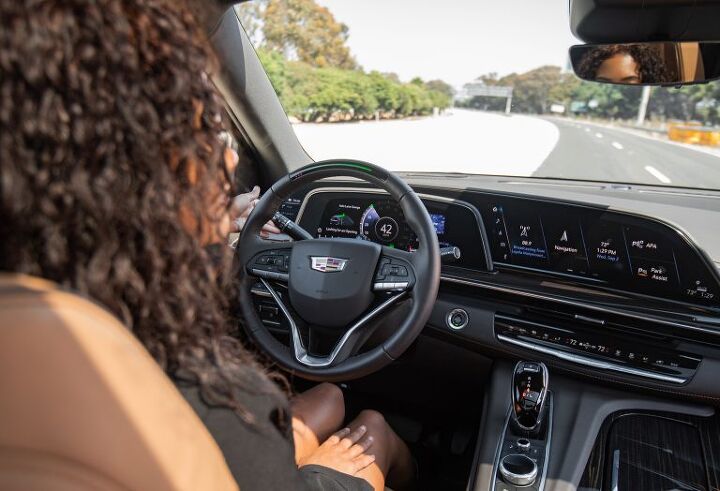












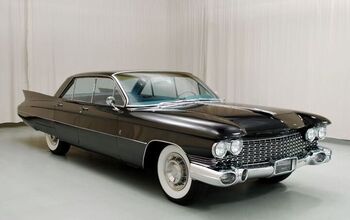
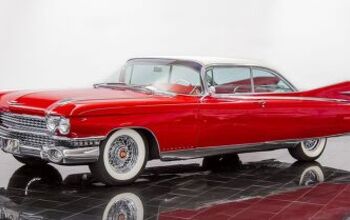
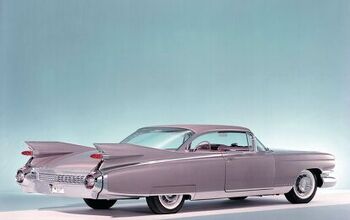

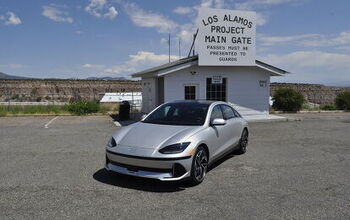

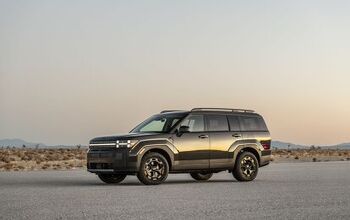
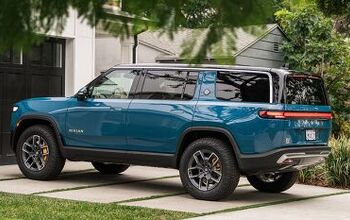
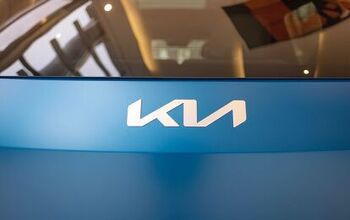


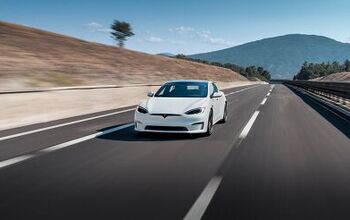
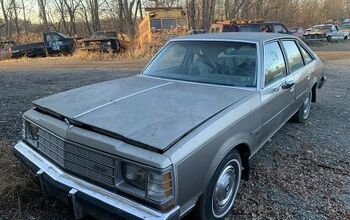
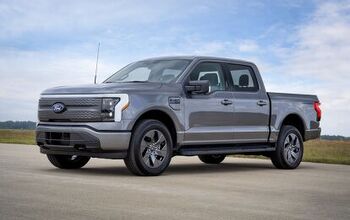




Comments
Join the conversation
The NY Times is not a news organization. It's a building that acrobats occasionally climb.
The NYT has a history of making shit up. Why would you expect this to be any different.